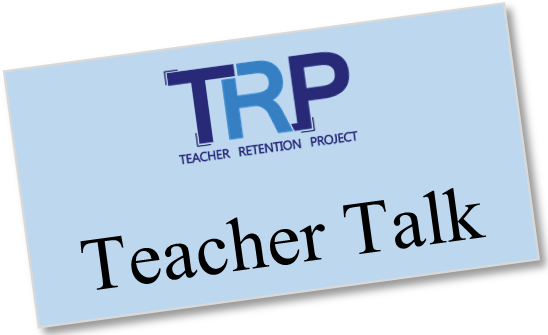
1) Ask parents to write motivational notes to students and give them to students at the halfway point in the exam. One year we waited on the outside of the carpool lane with paper, stickers, and markers, and parents pulled over to write a quick note for their child the week prior to testing. If I wasn’t able to catch a family member, I would write my student a note. I would make sure and compliment them on specific accomplishments and remind them of my favorite Thomas Jefferson quote, “The harder I work the more luck I seem to have.”
2) When students seem tired, give out mints during testing or use peppermint scented pencils According to the website Livestrong.com, a study published in the 2008 “International Journal of Neuroscience” found that participants exposed to peppermint oil experienced enhanced memory and processing speeds. Peppermint also increased their alertness while helping them maintain a sense of calm. Passing out peppermint candy or using scented pencils during testing is fun and helps keep students on track.
3) Plan a special seating chart for students and consider using testing carrels. During testing, I would create privacy shields by stapling two manila folders together. This reduced talking and helped students to focus on the task at hand. There are also great privacy shield options for purchase, but I generally went for the simple and affordable route in my classroom.
4) Be proactive about eliminating potential problems with cell phones or other electronics. Collect all student cell phones and keep them in a locked drawer, labeled with student names. Rules are strict about student cell phone use during exams. Even a student checking the time using personal technology causes a problem during testing, so it is better to eliminate the problem before you start.
5) Prep sudoku, dot-to-dots, mazes, and coloring sheets for students to work on after the test to keep the room calm as tests start rolling in.
Happy testing!


 RSS Feed
RSS Feed